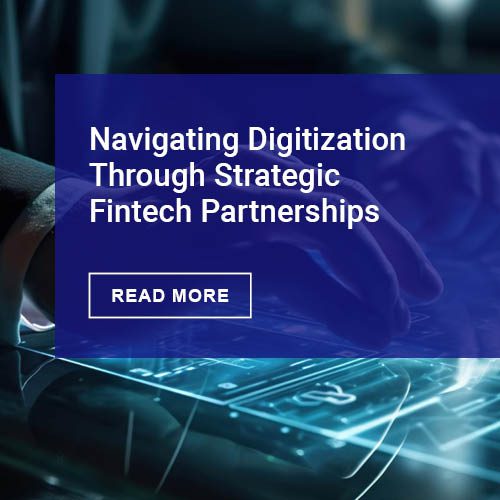The phrase, coined by Apple, “there’s an app for that” is now being embraced in a bigger and more encompassing way in the world of banking process platforms; we can now say that “there’s a platform for that” Banking is changing exponentially as our world becomes ever more digitized and customer expectations adjust to this. It is being disrupted by a surge in technical innovation the likes of which has never been experienced before and is being hailed as Industry 4.0. Customers are happy to buy into this and are part of this driving force, expecting fast, seamless and mobile banking – interacting across multiple ecosystem players. To stay competitive in such a disruptive space, the banking sector has to innovate. Enter the payment platform for the digital age.
What is a Payment Platform
Payment platforms have been around for a while and are part of a service that lets multiple payment systems work through a single interface; for example, the best known payment platform for consumers is PayPal. The idea of a single interface handling transactions has made the management of payments much simpler for the individual. All of this has been driven and enabled by the Internet, and the changes in consumer expectations that widespread use of other platforms, such as social media, have generated. This has then led to an explosion in non-cash payments, which banks and intermediaries have to manage. In 2015, there were over $99 billion in non-cash transactions according to the World Payments Report ; this is the second largest transaction rate in the world. This is expected to increase to around 175 billion Euros by 2020. Handling such large numbers, whilst retaining great customer experience, and swift transaction conclusion is where payment platforms excel.
But modern payment platforms in the digital age are much more than financial transaction processors. Payment platforms offer banks the way to innovate across the digital ecosystem. Because modern payment platforms are Cloud hosted, running as a SaaS application, they can also be configured to add new components, such as ‘digital wallets’, and also gather and analyze the big data associated with massive, cross jurisdiction financial transactions. The age of the digital payment platform is here and they are blossoming.
The Benefits Offered by Payment Platforms
Payment platforms have come a long way in the last few years and offer real innovation. They are efficient and offer agile component wise reuse, giving banks a real competitive edge. Some examples of benefits include:
To the bank: Digital payment platforms offer the bank a highly flexible way of creating customer touch points for payment services. At a time when banking is seeing disruption as never before, as new entrants are entering the payment services arena in a cascade, payment platforms can offer a way of adding competitive edge and at the same time build great customer experience.
Digital platforms accommodate the needs of the modern bank, offering robust authentication, including biometrics. Their component wise architecture offers agility in reuse and repurposing of modules. Modern payment platforms are also based on open standards and can be used to integrate across a multitude of ecosystem partners, opening up the scope of the payment platform. Because they are a Cloud based service, costs are reduced, and accessibility and extensibility improved.
To the customer: Real engagement with the bank is offered through modern digital payment platforms. The platform not only acts as a conduit for transaction handling, but it reaches out and becomes a vital part of the customer’s everyday world experience. Payment platforms offer customer touch points such as the ‘digital wallet’ on a smart phone – secured by innovation around biometrics. Payment platforms in the digital age have the potential to be customized for each customer, creating a trusted relationship between bank and consumer. The digital payment platform is a tool for the customer to perform financial transactions across a plethora of services, from loans to banking, donations to purchases.
The Future is Now: There’s a Payment Platform for That
Payment platforms can help you become part of the future of banking. They give you the toolset to create innovative solutions and bridge the gap between cards and payments. They offer a way to create a hub, connecting up your entire ecosystem. But they do this with an agile approach, knowing that the landscape is ever changing. Payment platforms in the digital age are the way to handle this new era we are entering, pushing our banking infrastructure to innovate. Our customers will benefit from this new approach with a more connected and trusted relationship. Banking will benefit by being at the forefront of change that opens up a world of opportunity.
Learn more with Sopra Banking Software’s payment platform and their insight about platforms in the digital age .











